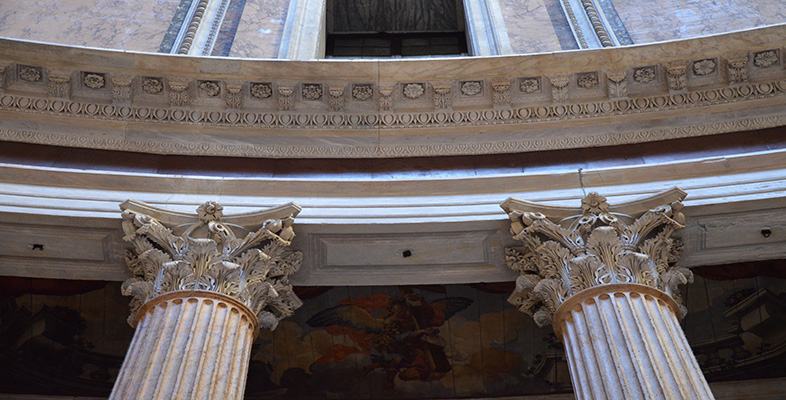Conclusion
Hadrian may not have been popular in some quarters and the delay to his deification may reflect this, but we can see in the monuments of Rome that he had a vision for the city. As with any emperor, some of these schemes may well have been grandiose and self-aggrandising, but there were also pragmatic and religious motives. Large-scale building schemes brought employment to Rome, exploited and displayed the riches of empire, and made the city look like the capital of an empire: a place that was wealthy, stable and well governed. If these building schemes were given a religious aura, with buildings often dedicated to the gods, then the emperor was further promoting divine favour for Rome, rather than blatantly advertising his own success. It is notable that, like Augustus before him, Hadrian rarely attached his name to the buildings that he funded or restored.
Through his buildings Hadrian also carefully entwined his present with Rome’s past and future. He looked back to his predecessors – the ultimate prototype, Augustus, and his own adopted father, Trajan – but also provided for the future and continuity of the dynasty through structures such as his mausoleum. In doing so, Hadrian helped to put Rome on a secure footing for his successors. This is not to say that monumentalising Rome was the only thing that a good emperor needed to do. Domitian did it too, and ultimately got little credit for it. But a good emperor did need to think about how his reign was promoted through the visual and architectural environment that would ultimately become a significant part of his legacy; that is, if he achieved the most important thing of all: an emperor of his choosing to succeed him.
